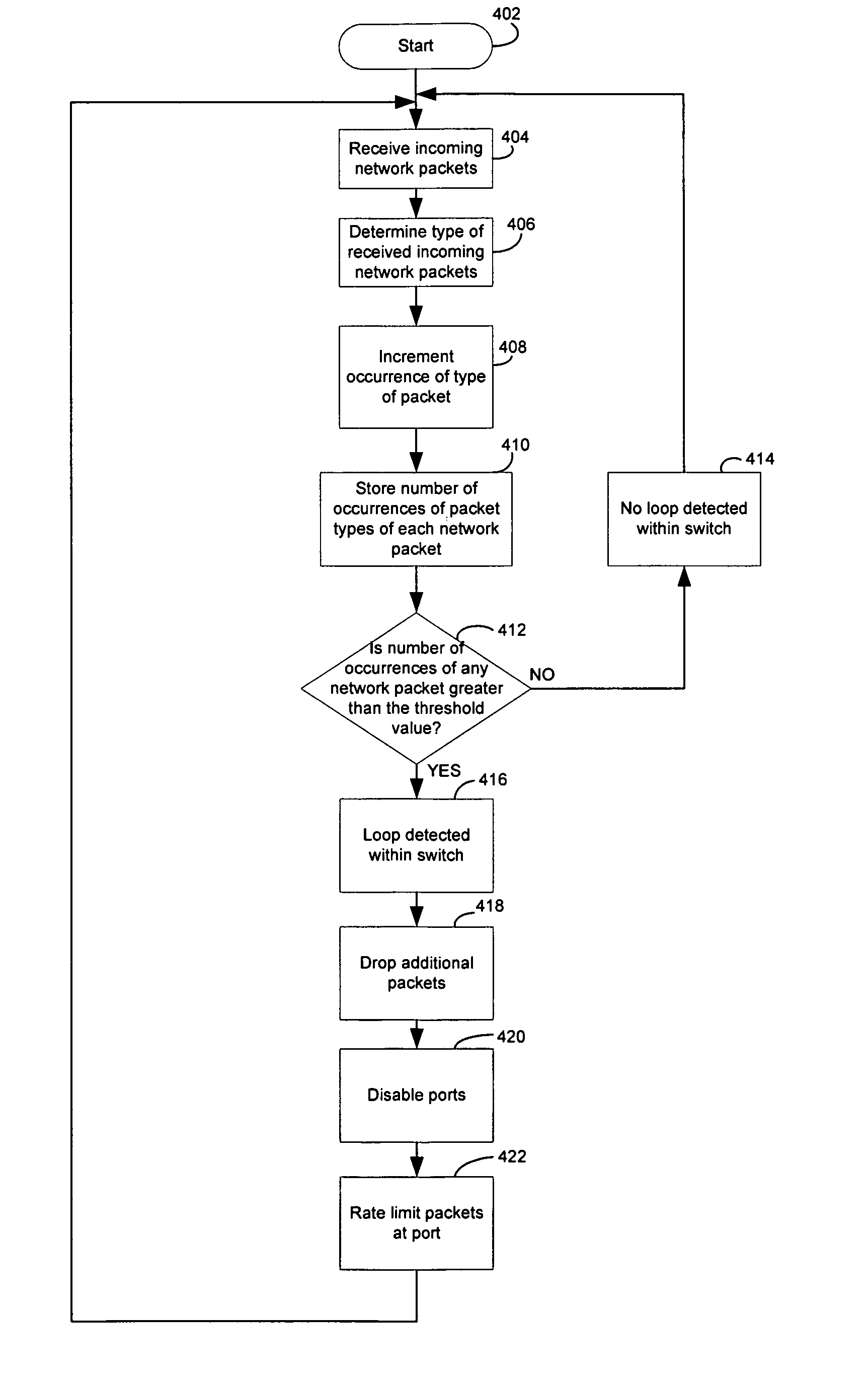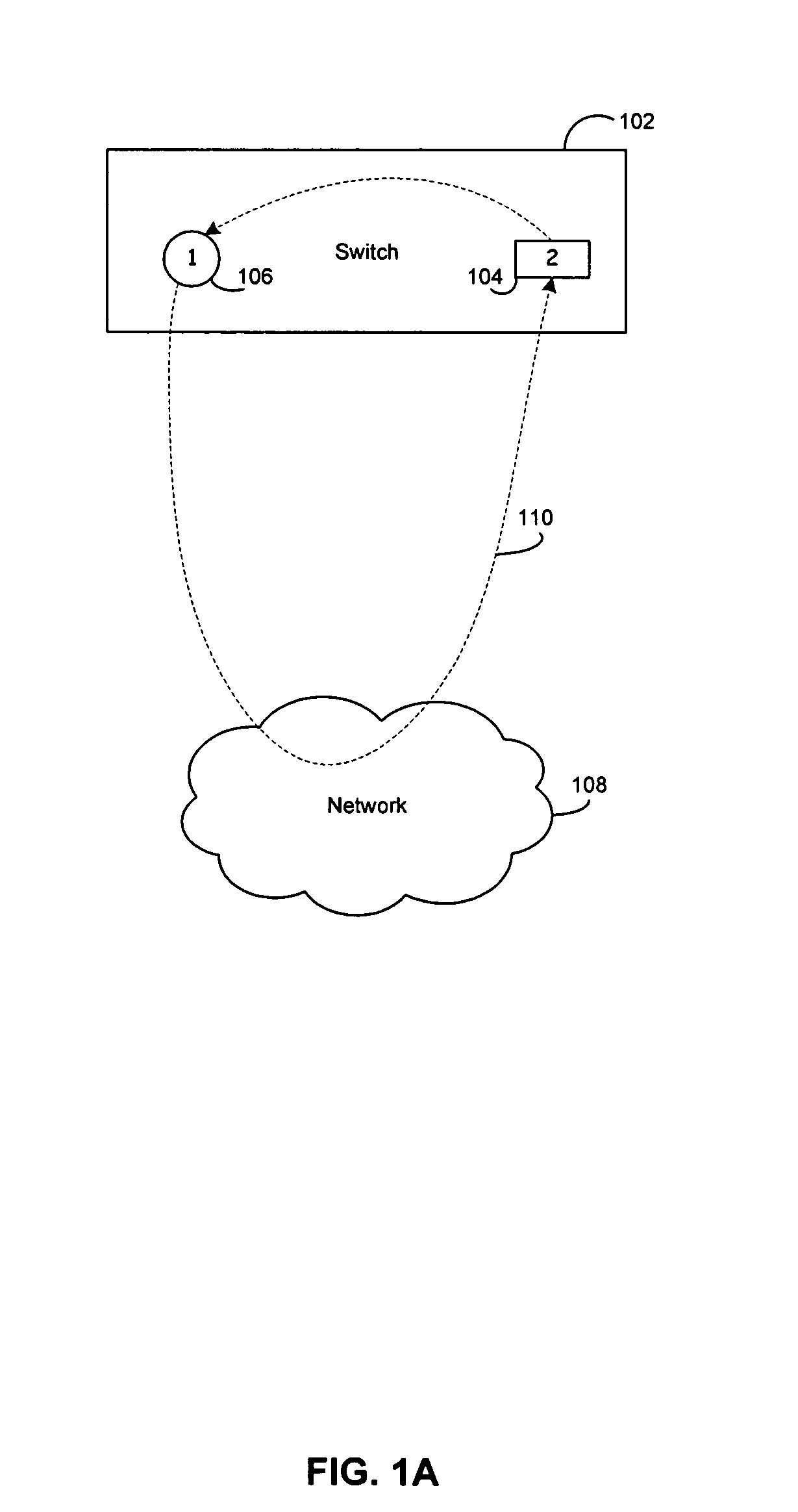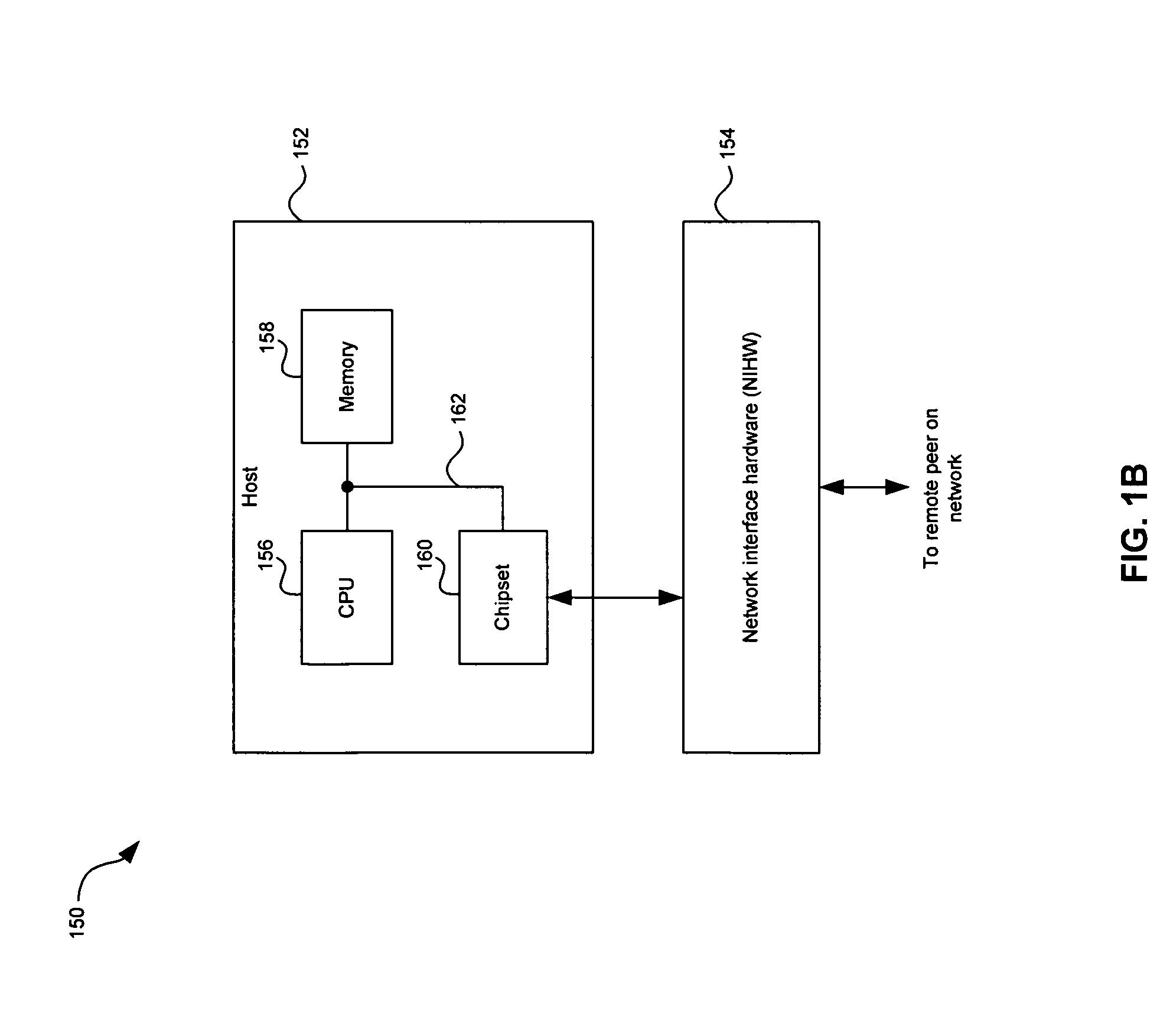Method and system for intrusion detection and prevention based on packet type recognition in a network
a packet type recognition and network technology, applied in the field of network switches, can solve problems such as inoperable switches, traffic on those ports that form loops, and reduced network portions,
- Summary
- Abstract
- Description
- Claims
- Application Information
AI Technical Summary
Problems solved by technology
Method used
Image
Examples
Embodiment Construction
[0027]Certain embodiments of the invention may be found in a method and system for intrusion detection and prevention based on packet type recognition in a network. Certain aspects of the invention may provide a method and system for determining a packet type for each of a plurality of received network packets based on at least one of: a header and content of each of the plurality of received network packets. The rate at which the plurality of received network packets are handled at a port in the network switching device may be regulated based on a number of occurrences of the determined packet type of the plurality of received network packets. At least a portion of a plurality of additional network packets of the determined packet type received at the port in the network switching device may be dropped, if the determined number of occurrences of the determined packet type of the plurality of incoming packets exceeds a threshold within a time period.
[0028]A packet type may be referr...
PUM
 Login to View More
Login to View More Abstract
Description
Claims
Application Information
 Login to View More
Login to View More - R&D
- Intellectual Property
- Life Sciences
- Materials
- Tech Scout
- Unparalleled Data Quality
- Higher Quality Content
- 60% Fewer Hallucinations
Browse by: Latest US Patents, China's latest patents, Technical Efficacy Thesaurus, Application Domain, Technology Topic, Popular Technical Reports.
© 2025 PatSnap. All rights reserved.Legal|Privacy policy|Modern Slavery Act Transparency Statement|Sitemap|About US| Contact US: help@patsnap.com



